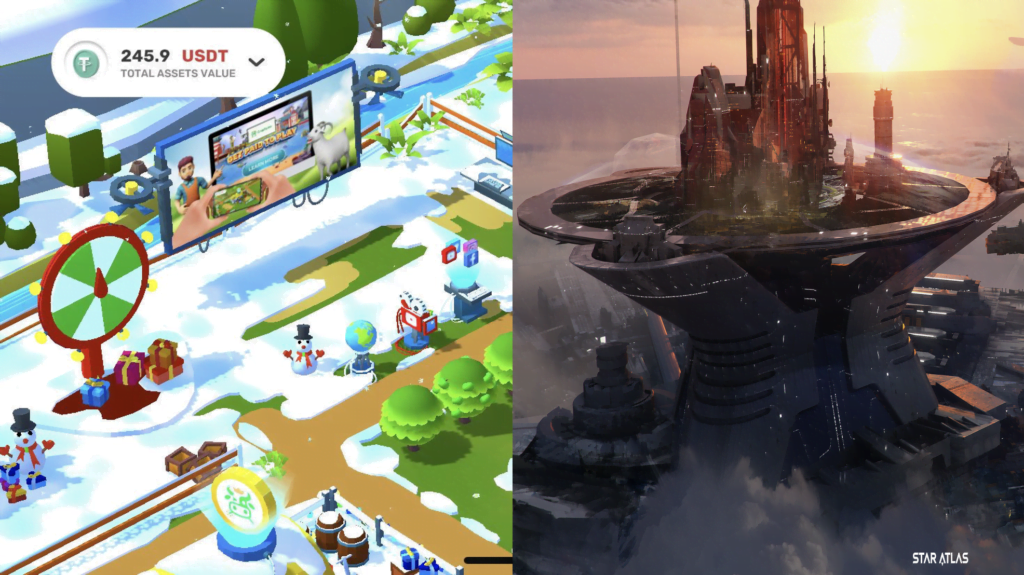At the height of NFT hype, Web3 gaming stood tallest. However, most of these games relying on the “play to earn” model to incentivize players have proved unsustainable during bear markets. Typically, in-game items such as NFTs, or platform native tokens, are used to reward players for their efforts and time. The only problem is that these games have had issues with token liquidity, asset valuation, and low trade frequency.
Furthermore, the low frequency of NFT trade has resulted in less value being added to game economies. As a result, this is negatively impacting the market capitalizations of native tokens. When this inherent design flaw combines with the bear market, the result is death for most of these projects.
Add the fact that most of these NFT-only games are merely tokenized versions of Web2 games. They operate outside of blockchains but employ crypto assets in a bid to ride the Web3 wave. And you can see why most will fail within a few months of their launch. When this happens, the players are left holding NFTs that have no value outside the games.

Rise of Projects Aiming to Make Web3 Gaming Sustainable
To change this narrative, there is a need for immersive gameplay – the kind supported by robust economic designs to guarantee the sustainability of Web3 gaming. That said, there are a few projects that are coming up that are trying to bring forth the next phase of blockchain gaming.
These projects are utilizing fungible tokens representing items with higher trading volumes. Also, they are employing NFTs for more valuable in-game items. A good example is the Star Atlas project. It aims to offer users the chance to experience living in space and exploring while on their own customized spacecraft.
The game’s model employs fungible tokens, POLIS and ATLAS, with a limited life. These tokens can be purchased with their native token within the game. This will allow the game to generate higher trading volumes and also maintain stable supply and demand metrics.
Also, there is CropBytes with its Service Economy concept. It allows gamers to earn income by utilizing crypto assets owed by investors and traders. The model is known as “Get Paid to Play.” On the platform, players can use their CBX token to pay other players for services. These include growing crops or feeding farm animals on their behalf. Also, you can lend your NFTs to other players for a fee.
Author

Basil is an avid fan of blockchain technology and all its innovations, and he is passionate about sharing this narrative with his audience. He has spent over five years in the crypto space, specializing in research and creating fintech content for various media outlets around the globe. His work has been published on top websites such as usethebitcoin.com, European Blockchain Convention, NFTNewsToday, coinjournal.net, coinlist.me, and many others. When not thinking about disruptive technologies, Basil is busy exploring the outdoors.




